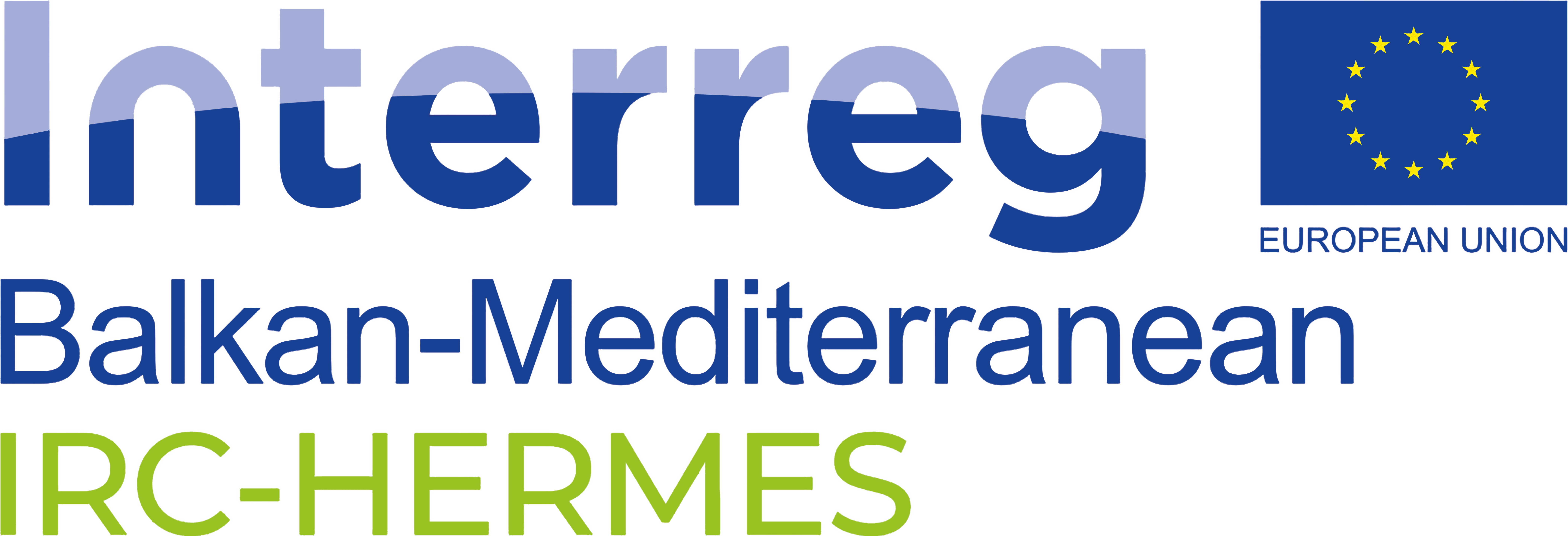Starting with Hermoupolis as the first case study, the endangered historic buildings and monuments of the city became part of an enormous online digital collection. Its operating system documents and registers buildings, while it also manages aspects of their pathology and necessity for intervention. HERMeS addresses all institutions (Municipalities, Regions, NGOs, Chambers) interested in rescuing their monuments, promoting the cultural value of their site, educating and engaging their citizens with a view to sustainable cultural development. To this aim, it differentiates and specializes in material (built) and intangible cultural relations stemming from a city, with ongoing research and by being part of innovative projects that bring together Academia, Research, Industry, Heritage activists and experts, and Public Administration bodies.

What is HERMeS
What is IRC-HERMeS
Ohrid, Corfu, Gjirokaster and Samos four cities with rich reserve of natural and cultural assets and connected by their common historical characteristics and current challenges, are the central case studies in this Interregional Balkan-Mediterranean project. The aim is the development of a common strategic management platform for the building stock of settlements to support the salvation, protection and presentation of their cultural heritage. In order to be achieved, the existing experience gained from the Heritage Management e-System (HER.M.e.S) will be drawn upon.
Educational Portal
The role of this portal, supplementary to the central platform, is to introduce learners to the concept of cultural heritage preservation. Learners will learn how to identify genuine elements of the built heritage of each city, through tailored courses with mini-interactive activities. They will also acquire knowledge about the history of the city, why it is considered the world’s heritage (UNESCO), and how decay and the environment can impact preservation. In this educational portal, every course represents one of the four cities.
Aim
The goal is learners to become aware of their cultural heritage:
The future of our remaining heritage will depend largely on the decisions and actions of the present generation of young people who will soon become the leaders and decision-makers of tomorrow.
Kōichirō Matsuura, former Director-General, UNESCO

Audience
The Educational Portal is addressed to 6th-grade school students and above, to teachers, to lifelong learners and to anyone interested in built heritage, profane architecture, and preservation of the cultural heritage of a city.

Personalized learning
Based on the principles of individualized learning, the courses enable the learner to choose her own learning path, determining her own pace and way of knowledge.

Architectural & historic content
The courses are based on evidence stemming from the architectural and historic documentation followed in the four cities, including drawings of the houses, 360° images of the inside of the buildings, 360° videos of the urban environment, interviews etc.

Tool for educators
Teachers can use the online courses as an additional resource for their own lessons within the classroom. The structure of the courses also encourages the flipped classroom paradigm, providing asynchronous communication among teachers and learners.
Research and Documentation
The Heritage Management
e-System in 60"
Case study: the city of Hermoupolis
Syros, Greece
Our Inspiration
Each Place is a separate autonomous entity, as a unique idea which has spiritual power and emotional content, which are expressed through the collective, total and timeless consciousness of its people, where its spiritual power is expressed by its Speech and its emotional content from its Myth.
Every Place is therefore entitled, like any entity, to ensure its physical survival, its psycho-intellectual development and its conscious development.
All Places have equal rights.
“The Charter of the Rights of the Places”
Joseph Stefanou, Emeritus Professor of NTUA
President of the Syros Institute
UNESCO
HERMeS aims to build knowledge societies and empower local communities based on the collective, total and timeless consciousness that people and places create. To achieve this, we are equally driven by the four UNESCO’s main pillars:
- freedom of expression;
- universal access to information and knowledge;
- respect for cultural and linguistic diversity;
- and quality education for all.
We seek to openly and accessibly provide items of documentation and research obtained through the Interregional Balkan-Mediterranean HERMeS project into a broader context and audience. To do this, we exploit ICTs presented in this Educational Portal in the form of learning assets addressed from primary students to life-long learners. The architectural, historical, and scientific content is also handled and showcased in an informative and entertaining way to more actively engage the audience towards the raising of awareness about our world’s cultural heritage.
